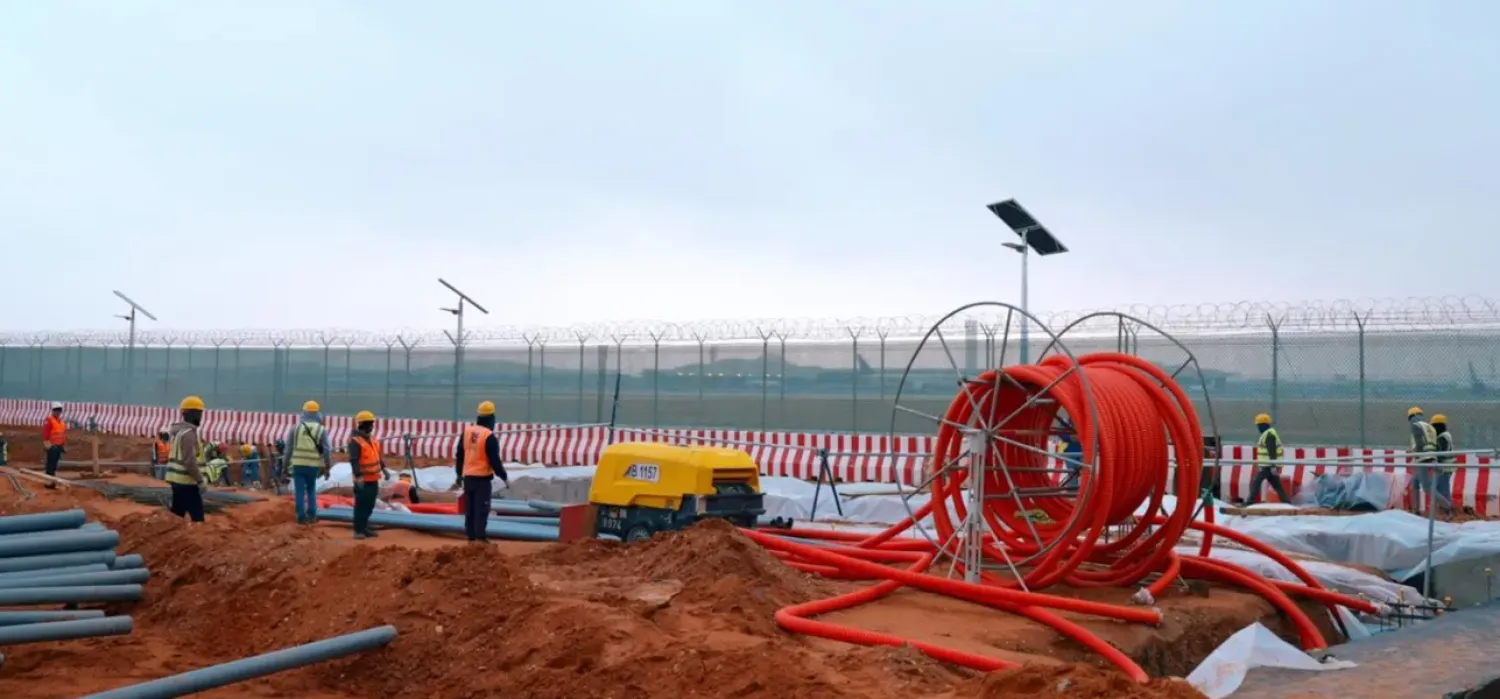Saudi Arabia is currently undergoing a comprehensive developmental phase, which has created numerous investment opportunities, said Nicolas Aguzin, the CEO of Hong Kong Exchanges and Clearing (HKEX).
This has prompted the exploration of these opportunities and the fostering of closer economic ties, in addition to aiding companies in their growth and development, Aguzin told Asharq Al-Awsat.
Riyadh, being an important market in the Middle East and North Africa, plays a pivotal role in this endeavor.
China continues to be a crucial trading partner for the Kingdom, with exports reaching SAR 13.7 billion ($3.6 billion) in June of the previous year, constituting 15.5% of total exports. Both nations are witnessing rapid movements in expanding their economic and investment relations.
Aguzin pointed out that Asian companies have a significant opportunity to enter the Saudi market, as Hong Kong endeavors to connect global markets and serves as the most internationally linked market with China.
Additionally, the Shanghai-Hong Kong Stock Connect allows investors from both Shanghai and Hong Kong to seamlessly invest in both markets.
“Saudi Arabia has many distinguished companies, particularly in the energy sector, representing significant investment opportunities for investors from China and Asia,” explained Augzin.
“Furthermore, Saudi Arabia is making substantial investments in its Public Investment Fund (PIF) to diversify its economy, and there are many appealing companies in Asia that can be accessed through Hong Kong,” he added.
“Therefore, it is about facilitating the growth of both Beijing and Riyadh simultaneously,” noted the CEO.
According to Aguzin, Saudi Arabia and Hong Kong have launched a carbon trading market, and both markets have an interest in ensuring that companies participating in both markets can transition towards carbon neutrality effectively.









